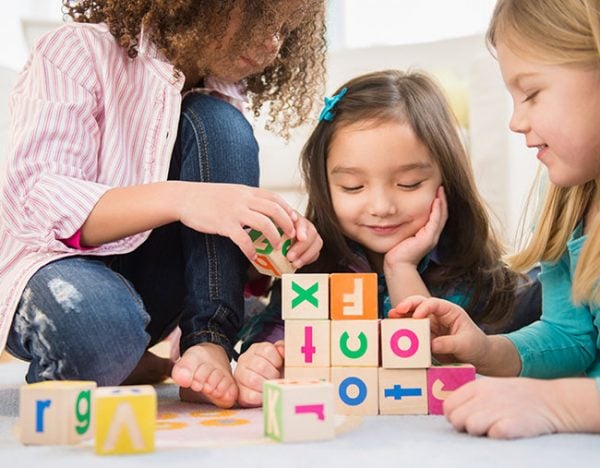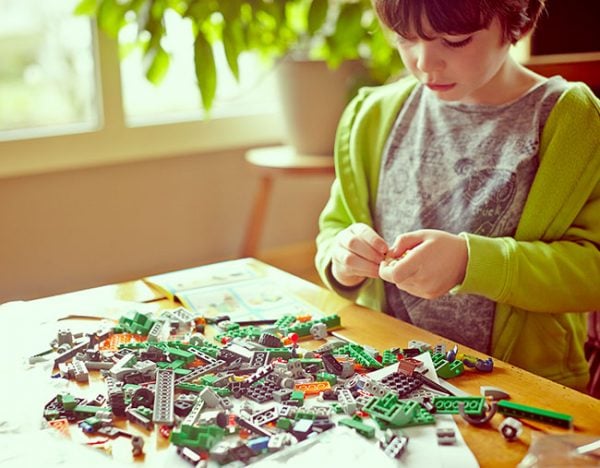Kym Simoncini, University of Canberra and Kevin Larkin, Griffith University
With Christmas looming, many people will be considering what present to buy for their children, nieces and nephews, grandchildren and friends.
Soon, if not already, we will be reading lists of the top trending presents for 2017. These lists will no doubt include, and may even be totally dominated by, all the latest gadgets and devices.
The purpose of these lists is to attempt to persuade parents of young children if they want to give their child the best start in life, and all the advantages for doing well later at school, they need to purchase the latest technology.




